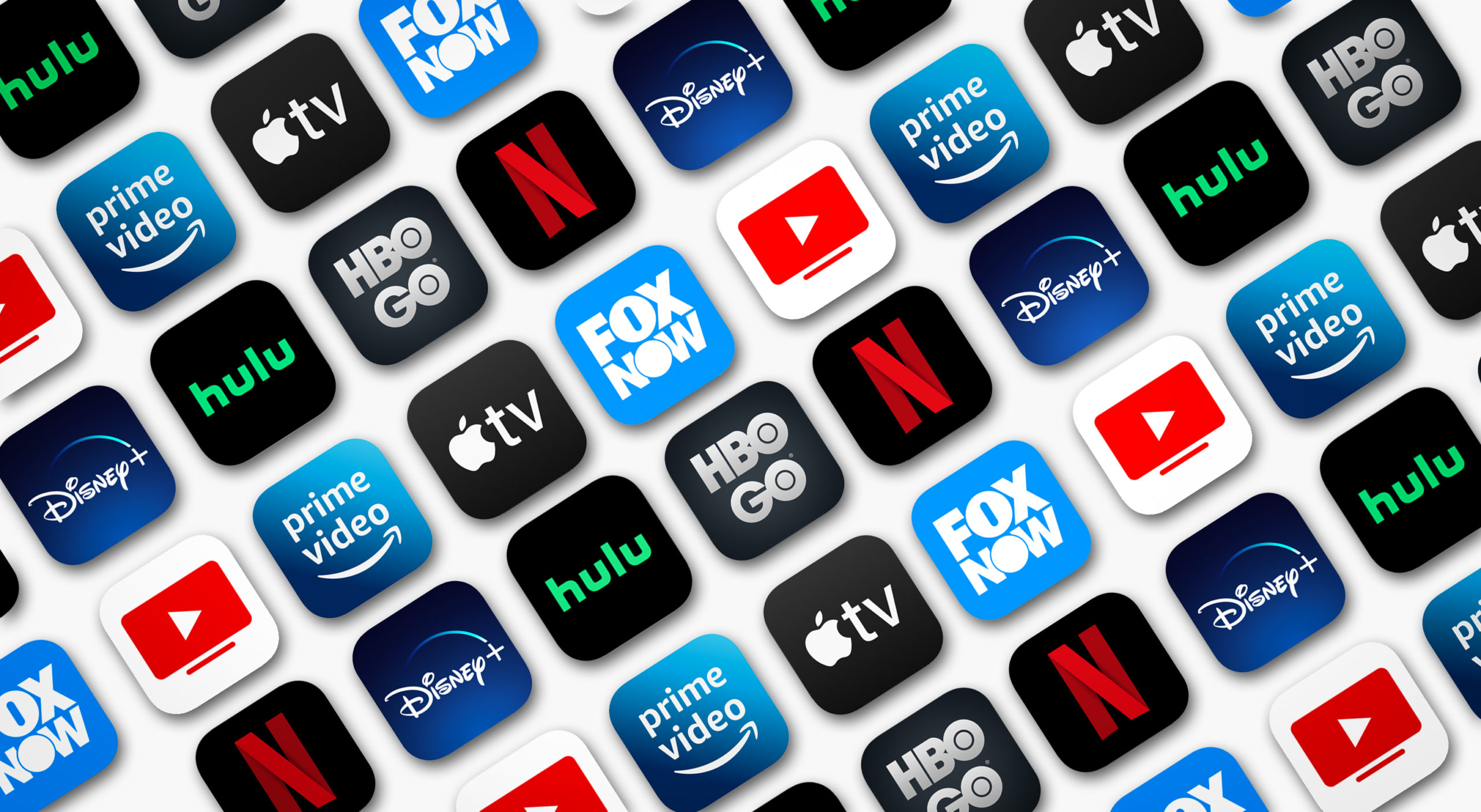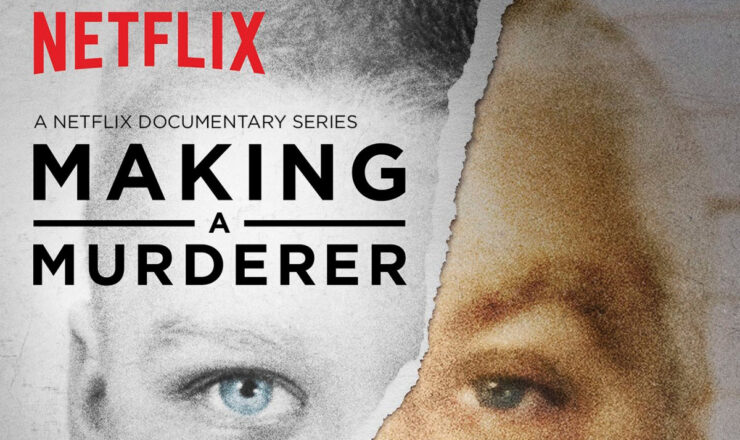A look into the sustainable setback of streaming.
Picture this. After a long day spent studying on your computer you settle down to relax by, yet again, using your computer to use some streaming service, be it Netflix, Disney+, or another platform. Maybe today is the day you manage to only watch one episode or movie, or perhaps you find yourself spending another night binge-watching a series you’ve seen a thousand times.
If you’re finding yourself spending more time streaming shows and movies since the COVID-19 crisis began you’re not alone. A recent poll found that three-quarters of Americans say they are using streaming services more often since the crisis began.
As lockdowns and restrictions slowly return almost seven months later and we continue to adjust to the new normal, the question presents itself; what are the consequences of streaming and binge-watching? How sustainable are the streaming habits that have flourished in the last months in the long-term? And how are they impacting people and the planet?
Binge-watching is far from unusual. Enabled by streaming services that allow, watching back to back episodes, the practice is becoming more common. According to Polish researchers, 58% of Americans report binge-watching (which is defined as watching two or more episodes in a single sitting). While common, these researchers noted there are health consequences to binge-watching, including feelings of isolation and loneliness, as well as poorer nutrition and sleep disruption.
While there are different types of binge-watching behaviours, some binge-watchers may find that they exhibit addictive behaviors. Some researchers even found that binge-watchers were more likely to feel lonely, anxious, or depressed, but this is contentious, with others disagreeing.
Even if there was a connection, it would be difficult to confirm that binge-watching caused the symptoms, and not that the pre-existing symptoms increased due to the amount of binge-watching. Overall, while it’s possible that binge-watching contributes to these symptoms, viewers can be relieved to know this hasn’t been well established by mental health researchers.
Individual cause and effect may be hard to establish, but broader cultural level change is clearer. Binge-watching has also had a large impact on how television shows and other media is consumed.
“CanCon” and cultural changes
According to Dr. Pierre Bélanger, a full communications professor at the University of Ottawa, binge-watching has had a transformational effect on how we consume television series.
“We used to talk about water cooler conversations [which were] happening typically the day after we watched our favourite program. We would comment on what we thought of the actors, the way the plot is going, but binge-watching totally destroyed that notion,” he said.
“This social discussion of what you think is going to happen next week, if you want to know more, come back, same time, same channel, next week. Binge-watching became a big issue for this.”
He further notes that binge-watching complicates spoilers, because, for the first time in history, someone was able to watch an entire season in a weekend and share — for example, on social media – what they saw well ahead of their peers. While there’s evidence of cultural impacts, the setbacks of streaming are not limited to this level; they also affect our very cultural institutions at a societal level.
With the rise of streaming services, there has been a steady increase in the number of Canadians cancelling their television subscriptions, referred to as “cord-cutting”. In 2019, for instance, Canadian cable companies saw 278,000 subscribers cancel their packages, despite an increase in the number of Canadians. This has broader implications for Canada’s cultural landscape.
“Cord-cutting was a big part of streaming, meaning I unsubscribe from my cable services, and that is the fatal blow to the Canadian television and production industries,” said Dr. Bélanger.
“When you and I subscribe not only do we pay the distributor for delivering the channels, but every single-channel receives royalties per subscriber. When [we] unsubscribe, multiplied over years, this is a catastrophe,” notes Dr. Bélanger. He explained that we have yet to see the last of this impact on Canadian television.
This is further compounded by the foreign nature of most streaming services. With the notable exception of Crave, owned by Bell Media, most streaming services represent foreign entities, potentially with Canadian subsidiaries.
This impacts the Canadian cultural landscape as these streaming services do not need to abide by the same Canadian content (“Can con”) standards that Canadian television companies follow. There is also much legislative discussion as to whether these streaming services should fund Canadian productions.
“The way it works in Canada television services need to contribute one to three per cent of their net income into a Canadian production fund. Netflix doesn’t put any money into this fund since they can’t draw any money from this fund,” said Dr. Bélanger.
As a result, this has a negative effect on Canadians working in these industries. He explained that while Netflix has now committed to financially supporting Canadian production, and this is good “it’s a little late in coming but better than not at all.”
While there may be a desire to reduce costs and not pay for costly subscriptions and bundles (especially as students). This multiplied by thousands or tens of thousands of Canadians does have an impact on our very cultural fabric.
Long-term Consequences
The potential setbacks of streaming are not limited to only our present reality, there are longer-term environmental consequences. In 2015, Greenpeace (an environmental NGO) graded several video streaming services. With the exception of Youtube, which earned a “B”, most services received a “D” or “F” grade, including Netflix, Hulu, and HBO Go.
Greenpeace noted that most services were not transparent and had, except for Youtube, less than a quarter of their energy demand being met by clean energy.
Seeing the environmental costs of their business operations some streaming companies have responded by attempting to minimize their environmental footprint.
Pioneer streaming service, Netflix, has taken active steps to minimize and offset their own electricity use. According to a 2019 report following Sustainability Accounting Standards Board, Netflix used 451,000 megawatt hours of electricity that year, or the equivalent of approximately 18,000 average yearly Canadian household’s electricity consumption according to the census.
To offset this, Netflix uses renewable energy when available and buys renewable energy certificates where it cannot directly control electricity usage or sources. While it’s easy to paint a dark picture of streaming ruining the planet, the reality is somewhat more complicated.
Streaming services do have an environmental impact, so do all human activities. But, when compared to alternatives, streaming’s convenience and selections are unmatched, while the environmental impact is being mitigated through better electricity usage and renewables.
From 2015-2019, for instance, demand on data centres increased at least twofold, while energy use remained flat. Rae Landriau, the president of the Environmental Science Student Association at the U of O speaks to this, commenting on the overall environmental picture.
“How much is binge-watching actually affecting energy consumption? With everything shut down, what would the large-scale energy balance look like? Since people are at home and businesses are shut down, how does this balance out?”
They further noted that they see some advantages in streaming as it “allows for more commonalities with people you normally wouldn’t have talked to [and] this enables community building and fan groups.” In a time of physical isolation, this community building and enhanced feeling of social connectedness are worth noting.
While the future state of the pandemic is uncertain, binge-watching seems set to stay – downsides and all. It also paints itself to have a complicated impact on an individual, cultural, societal, and environmental level.
As vaccine trials continue and researchers move closer to an elusive resolution, it remains to be seen how the impact of a sudden lockdown will translate into the long-term impact of sitting down to watch “only one episode” and emerging hours later, one season down.




